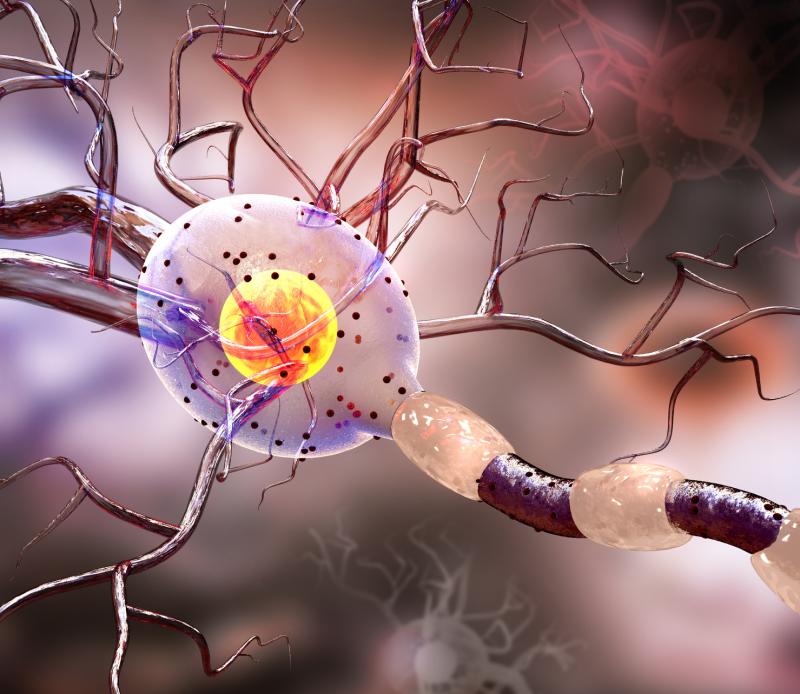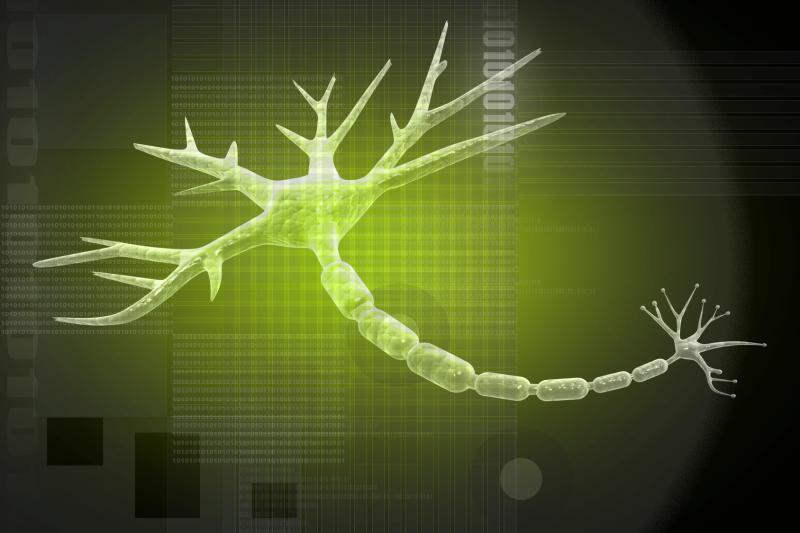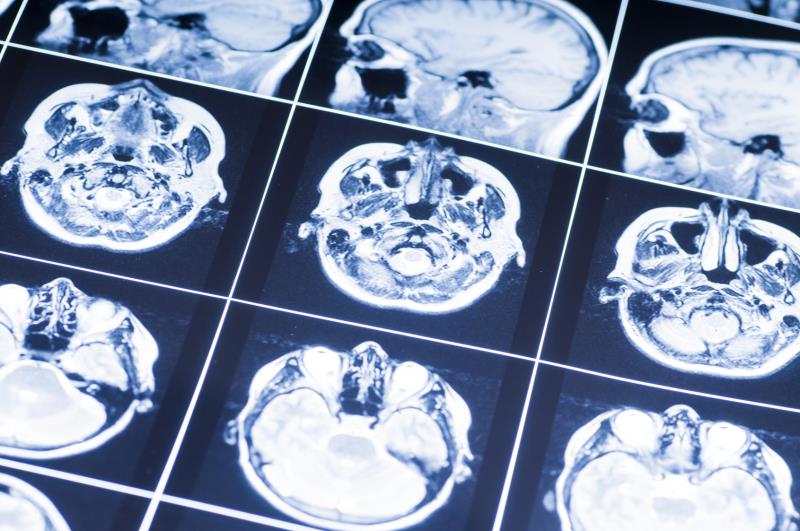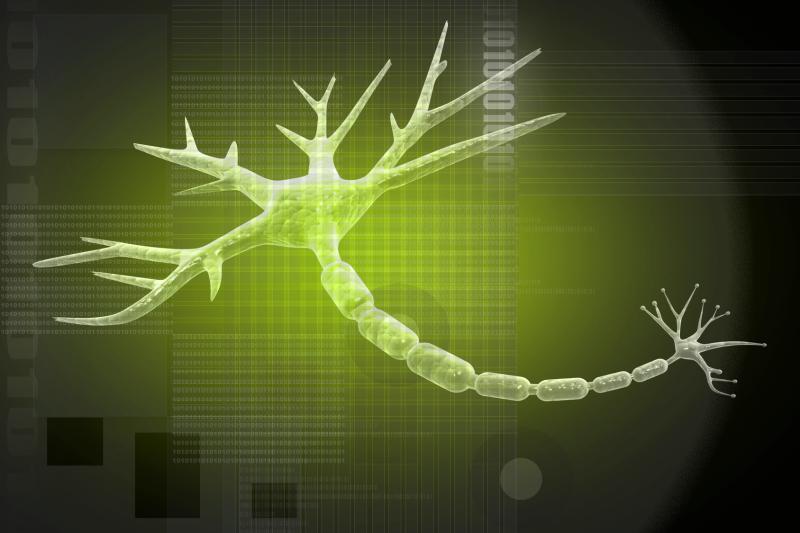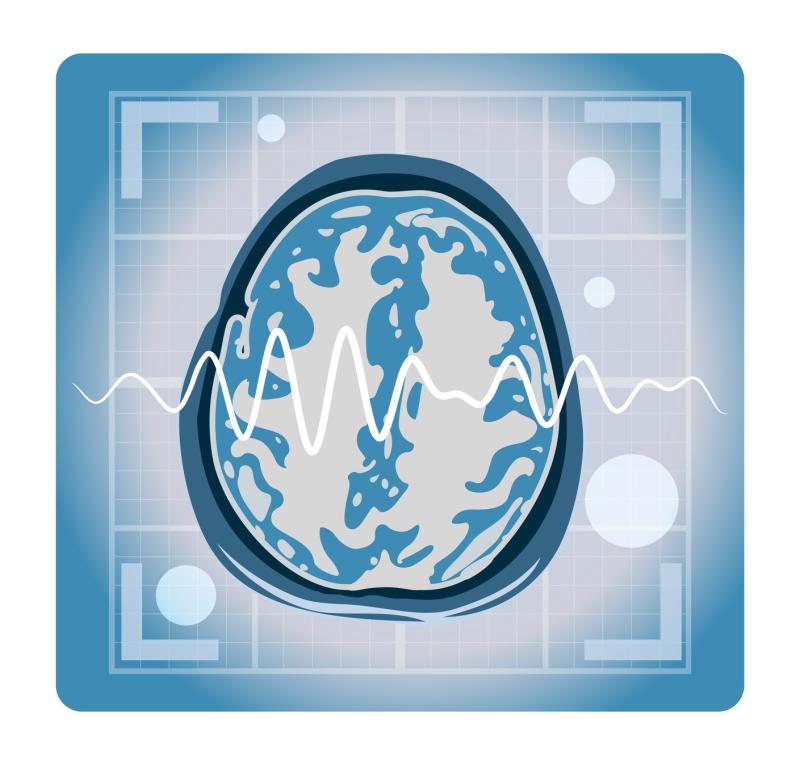Content on this page:
Content on this page:
Overview
Epilepsy is a disorder of the brain characterized by an
enduring predisposition to generate epileptic seizures and by the
neurobiologic, cognitive, psychological and social consequences of this
condition, as stated in the Introduction
section.
In the United States, an estimated 150,000 adults annually
present with an unprovoked first seizure. A detailed discussion about the
prevalence of epilepsy is in the Epidemiology
section.
The etiologies of epilepsy include structural, genetic,
infectious, metabolic, immune, neurodegenerative, and unknown. Discussion on
these etiologies is in the Etiology section.
The Pathophysiology section states that an epileptic seizure
represents a disruption in the normal balance between excitatory and inhibitory
currents or neurotransmission in the brain. The development process of epilepsy
is in this section.
The Risk Factors section enumerates the factors that increase
the likelihood of epilepsy.
 Epilepsy_Disease Summary
Epilepsy_Disease SummaryHistory and Physical Examination
The Clinical Presentation section describes the clinical symptoms of epilepsy during seizure. The History and Physical Examination sections emphasize the importance of history taking and detection of signs and symptoms associated with epilepsy.
Diagnosis
The Diagnosis and
Diagnostic Criteria section discuss
the importance of knowing the description of the seizure from the patients and
witnesses, triggering factors, seizure types, epilepsy types, and epilepsy and
electroclinical syndrome in the management of epilepsy.
The Laboratory Tests and
Ancillaries section discusses the use of blood and urine tests,
as well as lumbar puncture, in determining the cause of seizures.
The Imaging section explains in detail
electroencephalogram (EEG) and brain imaging as a part of the neurodiagnostic
evaluation of patients presenting with seizures.
Other conditions that should be ruled out in the diagnosis of epilepsy
are listed in the Differential Diagnosis
section.
Management
Patients experiencing a single seizure and the decision to
treat are in the Evaluation
section.
The Pharmacological
Therapy section discusses in
detail the symptomatic therapy depending on the seizure type in patients
diagnosed with seizures.
Surgery, palliative procedures, laser interstitial thermal
therapy, radiosurgery, and neurostimulation device implantations as treatment options
for epileptic patients are in the Surgery section.
The Monitoring
section explains treatment maintenance in the management of patients with
seizures.

